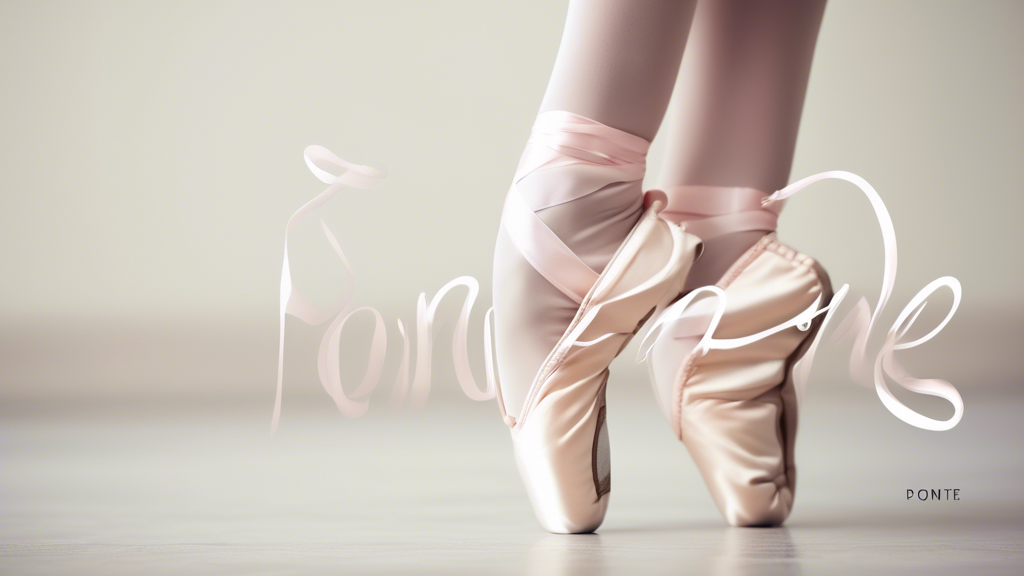
Essential Guide to Finding the Perfect Pointe Shoes
Share
The Essential Guide to Finding the Perfect Pointe Shoes
Why Pointe Shoes?
Pointe shoes are a dancer's dream, allowing them to defy gravity and float across the stage. But finding the right pair can be a daunting task, especially for beginners. Here's a step-by-step guide to help you find your perfect fit:
1. Find the Right Fit
- Book a fitting: Visit a reputable dance store for a professional fitting. They'll assess your foot shape, arch, and toes to determine the best size and style for you.
- Break them in: New pointe shoes need to be broken in gradually. Start by wearing them for short periods and gradually increase the time.
2. Choose the Right Style
- Box shape: The box is the part of the shoe that encases your toes. Choose a shape that comfortably fits your foot without pinching or rubbing.
- Vamp: The vamp is the part of the shoe that covers your toes. It can vary in height and shape, so choose one that supports your arch and allows for flexibility.
- Sole: Pointe shoes have either full or split soles. Full soles provide more support, while split soles allow for greater flexibility.
3. Consider Your Foot Shape
- Narrow or wide feet: If you have narrow feet, look for shoes with a tapered box. If you have wide feet, opt for a wider box.
- Greek or Roman feet: Dancers with Greek feet have a longer second toe. Choose shoes with a deeper box to accommodate this. Dancers with Roman feet have a shorter second toe. They may prefer shoes with a shallower box.
4. Get the Right Size
- Fit snugly: Pointe shoes should fit snugly, but not too tightly. You should be able to wiggle your toes slightly.
- Avoid blisters: If your shoes are too big, they can rub and cause blisters. If they're too small, your toes will be squished and painful.
5. Break Them In
- Gradually: Break in new pointe shoes by wearing them for short periods at first. Gradually increase the time over a few weeks.
- Use toe pads: Toe pads can help prevent blisters and reduce pain. They come in various thicknesses, so experiment to find the right ones for you.
6. Pay Attention to Your Feet
- Take breaks: It's important to take breaks when dancing en pointe to prevent injuries. Listen to your body and rest if you feel any pain or discomfort.
- Strengthen your feet: Strong feet can help support your body and reduce the risk of injuries. Engage in foot-strengthening exercises to improve your balance and stability.
Finding the perfect pointe shoes is a journey, and it takes time and patience. By following these tips and listening to your body, you'll find the shoes that will help you soar to new heights.Related Posts
-

Get Stage-Ready: Online Dance Makeup Tutorials at Home
You're about to reveal the secrets to a stage-ready dance makeup look from the comfort of your own home. First, ident...
-

Dance Into Elegance: Black & White Ballet Art
Black and white ballet art epitomizes elegance, sophistication, and artistic expression, providing a timeless and ref...
-

Instant Download Card for Dance Recital Performances
Instant download cards are a convenient way to commemorate dance recital performances, providing a seamless solution ...


